The Hobbit and The Lord of the Rings Trilogies
One rewatch to rule them all…
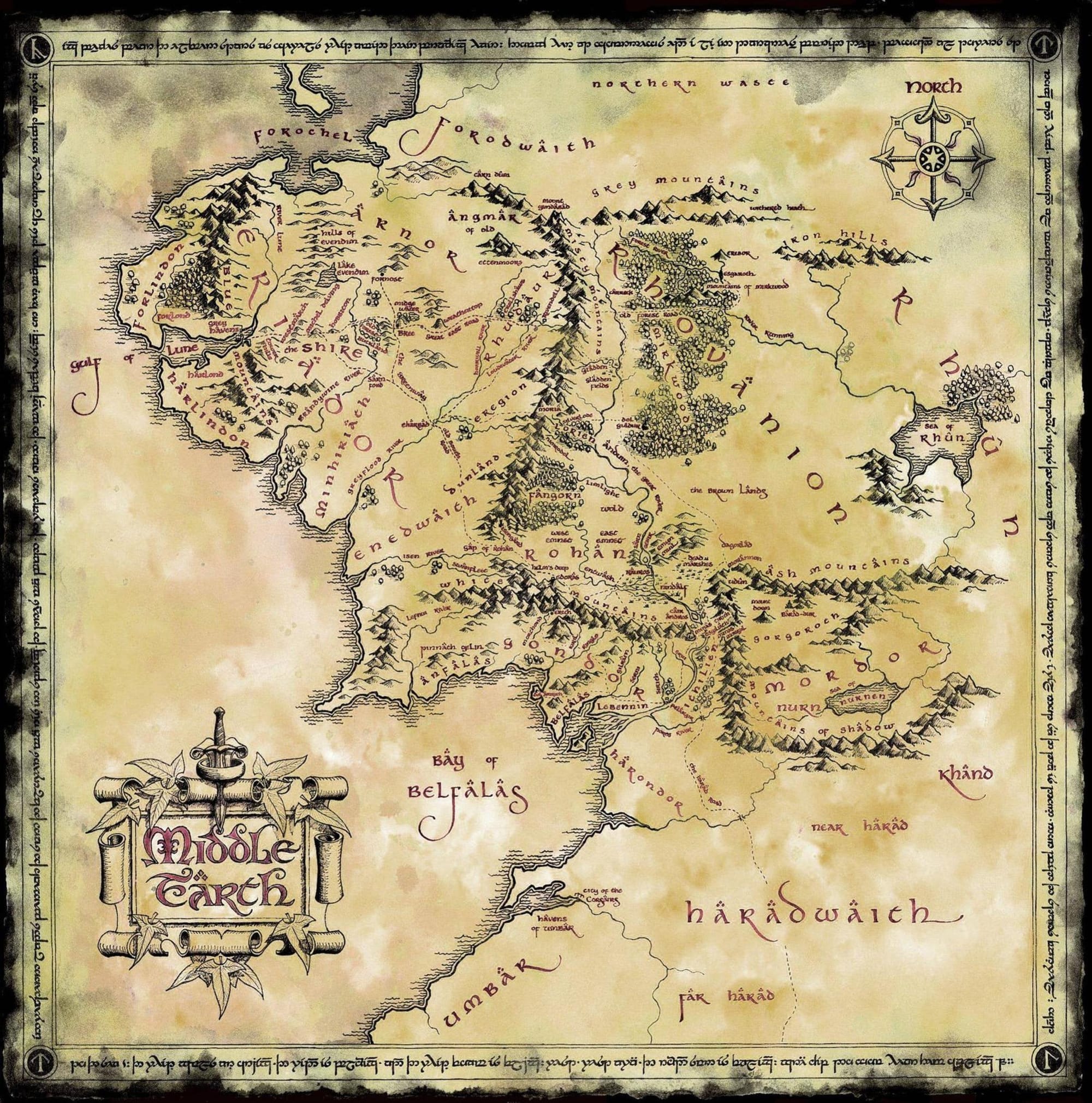
This Thanksgiving holiday, I devoted a massive amount of time to rewatching all three of the Hobbit movies, and then all three of the Lord of the Rings movies, the extended versions, of course, because those are the only true versions. That’s a total of 20 hours and 28 minutes worth of Tolkieny goodness, people.
After all, why not? Why shouldn’t I rewatch them?
They are precious to me…
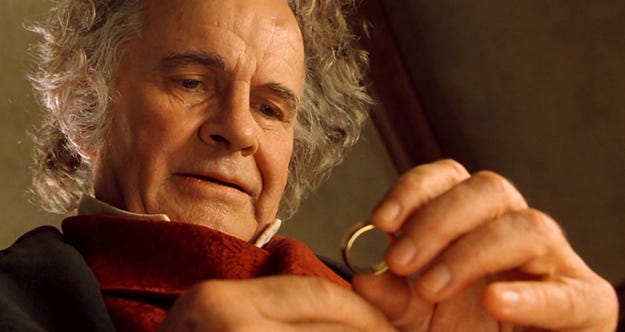
The story of The Hobbit Trilogy goes like this…
Bilbo Baggins of Bag End is a Hobbit much like most Hobbits. He lives a quiet and peaceful life in a house under a hill in the Shire. That is, until the day he is hired, somewhat against his will, to join a party of adventurers as their burglar.
Along with the wandering wizard, Gandalf the Grey, and the dwarves of the Blue Mountains, Balin, Dwalin, Fíli, Kíli, Dori, Nori, Ori, Óin, Glóin, Bifur, Bofur, and Bombur, led by Thorin Oakenshield, son of Thrain, son of Thror, the King Under The Mountain, Bilbo must travel east across the wild lands of Middle-Earth, to the Lonely Mountain. Thorin and the others are on a quest for revenge against the fearsome old dragon Smaug, and to reclaim the lost Dwarven Kingdom of Erebor from the old wyrm.
Along the way, deep beneath an underground goblin city, Bilbo happens to find a simple golden ring, a ring to which the fate of the whole Middle-Earth is tied.

Simply put, the Hobbit Trilogy is the definition of excess.
On the whole, they are obviously far less inspired than the Lord of the Rings trilogy. They are hampered by far too much overdone CGI in far too many places, weighed down by set pieces that go on for too long, and hobbled by what I can only assume was a studio mandate to tie this story’s adaptation more directly into the story of the Lord of the Rings trilogy than it was in the books, and to also make it into a trilogy as well while doing it.
But still…
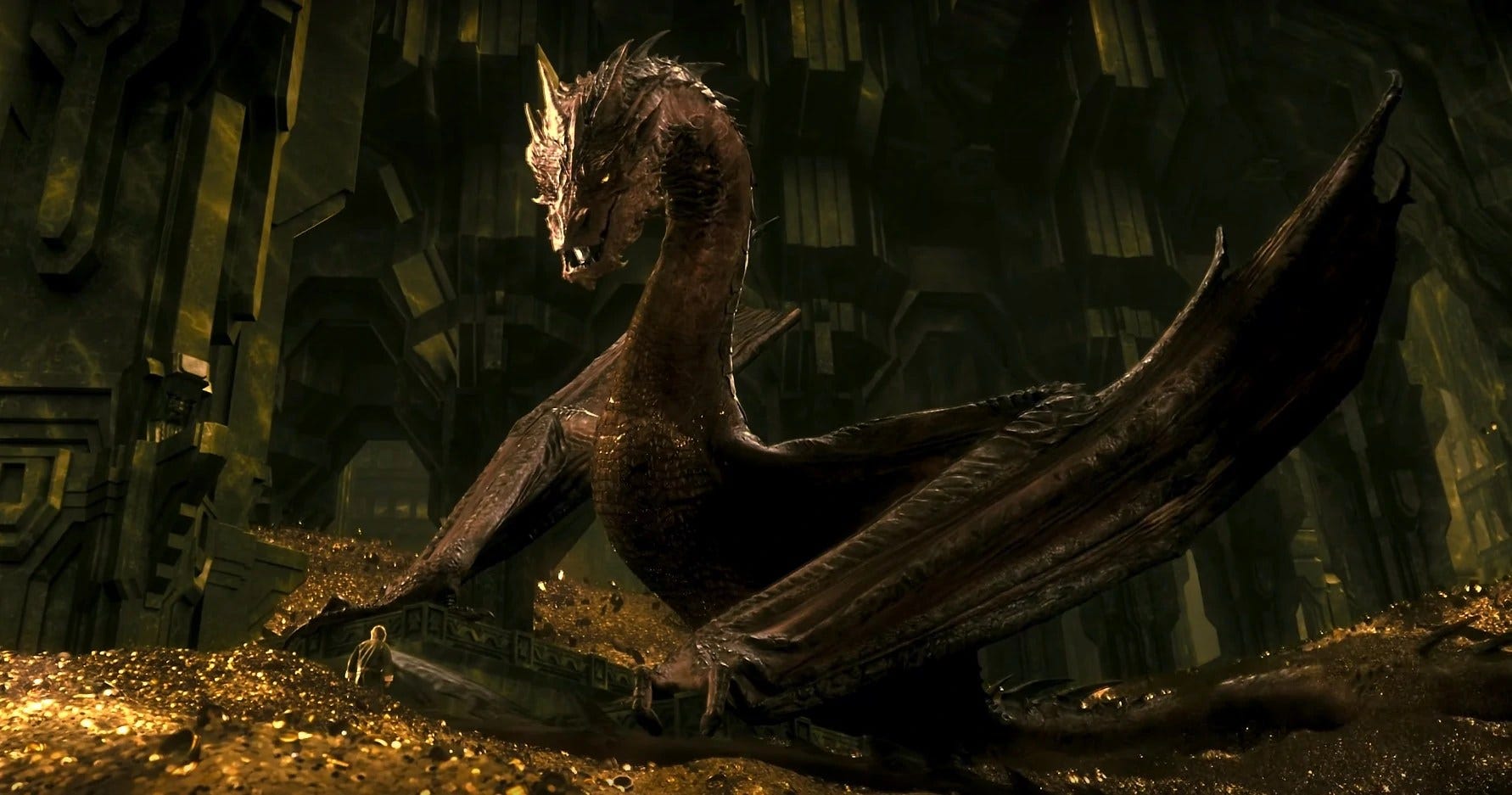
The original book is truly one of the great stories of fantasy adventure. It's full of fun, excitement, and humor, as well as some iconic moments and characters. The films do have some of that same magic, and even a few inspired decisions for the adaptation. A few. On occasion.
Certainly not all the time, but on occasion.
For instance, I really love how they added character details to the various dwarves. In the book, when it comes to the thirteen Dwarves in the Company, Thorin is the only actual character of the bunch. The films have obviously made an effort to differentiate them all from each other, moving them away from being nothing but the kind of alliterative joke that Tolkien really seemed to enjoyed, and highlighting their individual personalities more. I also liked how most of the Dwarves are very obviously not warriors either, but regular folk. As Balin notes “merchants, miners, tinkerers, toy-makers, hardly the stuff of legend,” but still, they’re also all a part of a dwarven diaspora, all displaced by a catastrophe, and longing for home. I really liked the details that show that they're mostly just a few brave souls who answered the call to try to reclaim their long-lost homeland, just a handful of regular people bold enough to venture into the unknown, to risk it all on a small hope and a great dream.
I loved that.
Also, admittedly, I really did like a lot of the added-in LOTR plot tie-in stuff too. The extra insight into Gandalf and his motivations was great. It added depth to the world, and it lessened the deus ex machina role he played in the original story. And really, how can you not love seeing Gandalf, Galadriel, Elrond, and Saruman the White in action together like the original Superfriends? That was a blast.
I also liked how the films really played up the message of how unchecked wealth corrupts the soul, in much the same way as the Lord of the Rings trilogy does with unchecked power. “Don’t underestimate the evil of gold.” That seems pretty in line with Tolkien’s general anti-military industrial complex views. And yes, even if it did go on too long, the Battle of the Five Armies still had some pretty great stuff in it. I mean, there was a dwarven cavalry charging on big horned goats! Dain Ironfoot was riding an armored boar!
That’s just awesome.
Finally... maybe most importantly (and unlike The Silmarillion), The Hobbit truly is an essential prequel to the Lord of the Rings trilogy. It's the first chapter, and all the excess and the obvious studio money-grab intent of it all can’t obscure that. Not completely, at least.
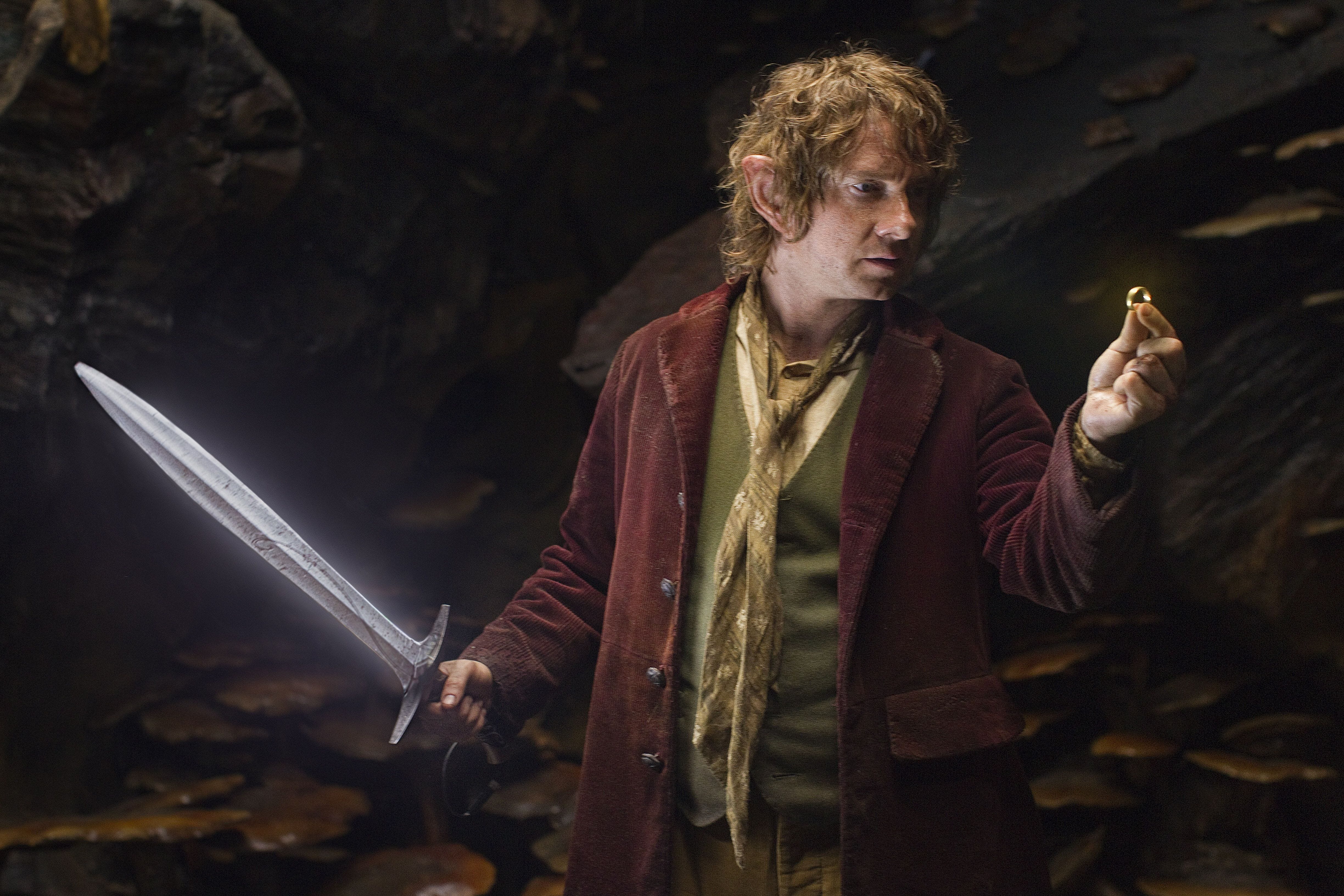
Besides, it’s just fun.
Now, stupid whiny fan babies will doff their fedora and snark that “it’s a single book so it should’ve been a single movie.” All I hear whenever some dipshit nerd pushes his greasy finger-smudged glasses up his nose and announces that crap like some kind of fucking loser sage-atop-the-mountain is a person happily revealing either their gross misunderstanding of how stories work in general, their complete lack of familiarity with the events of the story, or both.
Yes, it’s fair to say that the Hobbit films’ guiding light at every single turn was obviously “more is better,” and that is… a really bad guiding light. Especially as it’s directly responsible for the fact that there is waaaaay too much goofy falling down in these films.
But still, I believe a good editor could find two actually great movies within this trilogy’s excess. They're there, buried under a vast pile of crap like the Arkenstone was beneath the jealousy-guarded horde of the great dragon, chiefest and greatest of calamities, the terrible, the tremendous, the tyrannical, Smaug. And much like the Heart of the Mountain, all it would take to find those good versions is a little courage. Kill your darlings, my friends. Always kill your darlings.
But yeah, like I said…
There’s way too much goofy falling down in these films. Way. Too. Much.
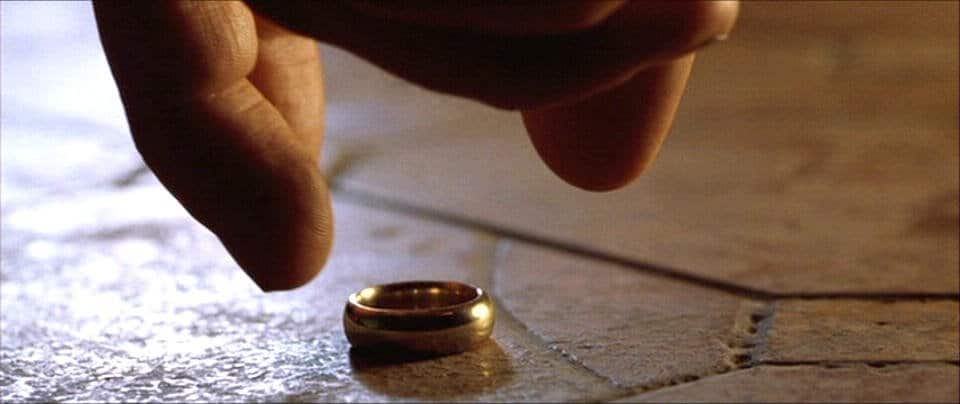
The story of the Lord of the Rings trilogy goes like this…
Sixty years after the events of the Hobbit, the Great Third Age is now finally coming to an end. Soon, the age of the elf, the time of magic, will pass on to the age of man. But whether or not that future will come to pass rests in the fate of the One Ring. Lost for centuries, the One Ring is the key to Sauron's power, and should he regain it, should he wear it again, he will return to his full and terrible strength, and all of Middle-Earth will be swallowed in a new Age of Darkness.
So, now, his forces are hunting for it.
But the One Ring has already been found. Sixty years ago, fate placed it in the hands of an adventuring hobbit named Bilbo Baggins, who has since passed it on to a young Hobbit named Frodo Baggins. In order to save Middle-Earth, Frodo, as the Ringbearer—along with the wizard Gandalf the Grey, the Ranger, Aragorn, as well as Boromir, Captain of Gondor, the dwarven warrior, Gimli, son of Gloin, the elven archer, Legolas, and of course, Frodo's friends, three Hobbits from the Shire, Meriadoc “Merry” Brandybuck, Peregrine “Pippin” Took, and the ever stalwart and stout-hearted gardener, Samwise Gamgee—must journey across Middle-Earth, through fire, darkness, and gathering war, to the blighted lands of Mordor. There, Frodo must destroy the One Ring by casting it into the fires of Mount Doom from whence it was forged.

Simply put, the Lord of the Rings trilogy is peak cinema.
A mixture of craft, dedication, talent, and attention to detail, as well as a willingness to work together, to innovate, and to create, that resulted in such extravagance, such spectacle, and all done with so much apparent love, and on such an incredible scale, what more can be said about this stunning cinematic achievement that hasn’t already been said? It is pure wonder, pure excitement, pure entertainment. They are long films, yes, but they never feel like there’s wasted time, at least, not to me. To me, they are the perfect blend of artistry and entertainment, as well as a spot-on adaptation of the source material, very clearly well-aware of what needed to be saved, what needed to be better explained, and most importantly, what needed to be cut.
And all while telling a story steeped in the romance of dying age.
This story is set in a time when the age of wonder has nearly passed, and its great works now lie in weathered ruin. It is a time when legendary names and mythical deeds have begun to fade from memory and stone alike, never to be known again. Our heroes are just small things moving among the sun-bleached bones of fallen giants, the “lesser sons of greater sires” as the story notes. There’s a feeling of sadness to the whole world. It is the sadness of an inevitable end, like a damp fall slowly turning into a dreary winter.
But it is also suffused with hope, a faint hope, but still… a hope for a new day, a new beginning, that some day, sooner rather than later, it will be Spring again. It is a feeling exemplified in the beginning notes of the feadóg stáin whistle that opens the Concerning Hobbits theme. It’s a hesitant hope tinged with a bit of melancholy, obviously, suffused with the feeling that, even if a new day should dawn, there will still be something beautiful that is gone from the world forever. And yet, the song goes on, gaining strength, because even if one era is ending today, that small hope promises a better tomorrow, and that is reason enough to strive for a new day.
Twenty years later, and that still totally works for me.
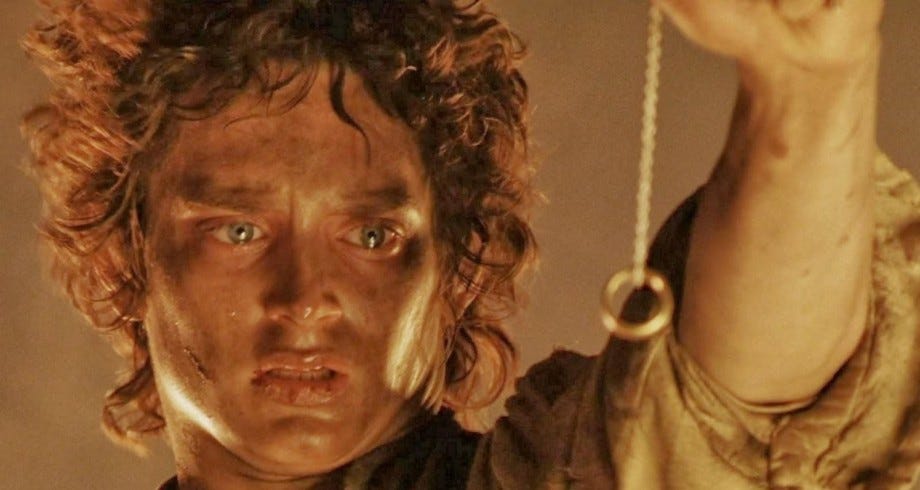
But also, an undeniable part of why these films still work is because they are just jam-packed with iconic moments…
Bilbo’s Eleventy-first Birthday. Riddles in the dark. The Watchtower at Amon Sul. Arwen summoning the flood of white horses at the Ford of Bruinen. The Council of Elrond. The forming of the Fellowship. The long dark of Moria. Fool of a Took! Drums in the deep. You shall not pass! All shall love me and despair! Boromir stands, and falls. Gandalf returns at turn of the tide. The Healing of Theoden. Sméagol and Gollum. The Ent’s March on Isengard. The Horn of Helm Hammerhand sounding in the Deep one last time. Sam explaining what really matters. The Lighting of the Beacons. The White Rider. Pippin singing to Denethor. Shelob the Spider. The Ride of the Rohirrim. Eowyn slaying the Witch-King of Angmar before the walls of Minas Tirith. The Mouth of Sauron and the Black Gates of Mordor. Sam carrying Frodo up the slope of Mount Doom. The pity of Bilbo saving the world. Aragorn bowing to the Hobbits. The last ship to depart from the Grey Havens.
Epic. Iconic.
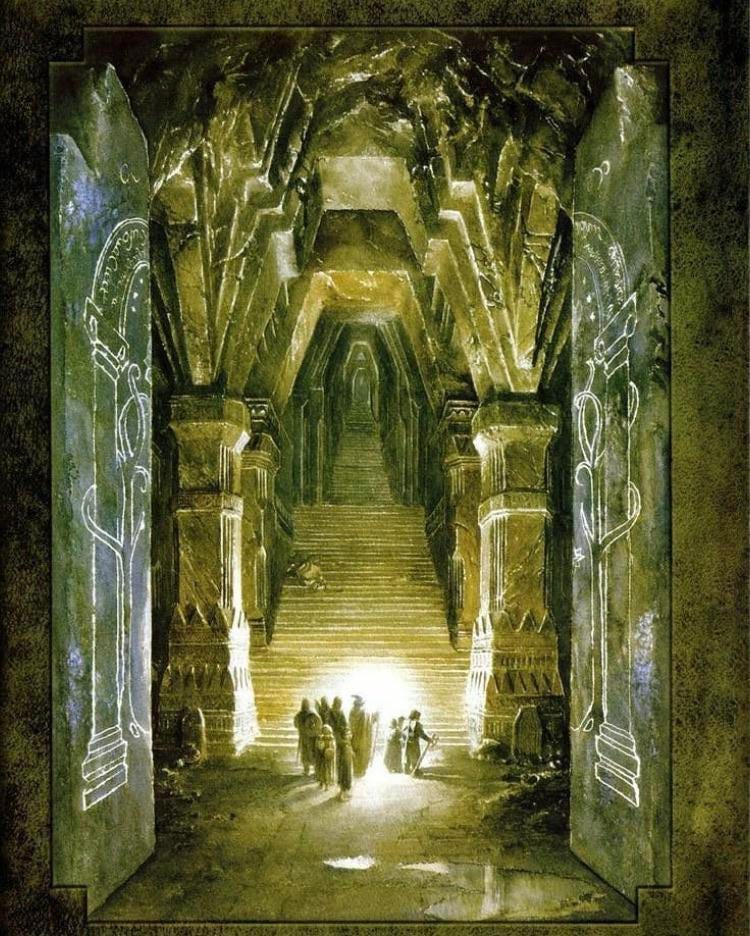
This entire project was a massive undertaking, a sprawling and huge effort, and it resulted in an incredibly well-made set of films. In an era of AI Slop, and the hatred for Art and the Artist that it inspires, and the idiot anti-creative interests of lonely loser billionaires and their incel-groyper Private Equity Firms affecting the bottom line of studios like a cancer, it is unlikely that we will ever see a work such as this, on this scale, ever again. We certainly won't see one that is both successful with critics and audiences alike, and definitely not one that so deftly tells its story at its own pace, and sticks the landing too, and all while making it look easy.
No way.
These kinds of projects are simply too much of a risk financially, because making them the right way requires care and concern, and most of all money, and people just don’t go to movie theatres anymore, at least, not like they used to, so how do you make that money back? You can’t. COVID broke a lot of people of that habit, and they never came back. They never came back because, if we’re being honest here, the experience is generally way too overly-expensive and shitty compared to what you get in return. This is due to the always filthy facilities, the reliably poor presentation of the feature, the general lack of concern about any of this from the criminally underpaid staff, and the fact that the audiences are mostly all stupid, selfish assholes, more concerned with watching their phones than the screen, or with chatting with their seat-mates like they’re sitting in their living rooms, either way just absolutely drunk with an aggressive disregard for everyone else’s ability to even hear, let alone enjoy, the film. Plus, you never know when some entitled white guy is going to pull out an AR-15 and start shooting because the world isn’t actually his oyster like his mommy promised him.
What kind of sane person would want to chance a potentially permanent disability due to Long COVID, or maybe getting caught in some incel’s mass shooting, after paying $60 for an out-of-focus presentation, with an audience of selfish pricks, in a theatre where one of the speakers is blown out, and there’s a fair-to-decent chance that you’re sitting in a seat that recently had piss, shit, vomit, or cum on it, and was only wiped off hurriedly between showings, NOT cleaned, but only wiped off, all on a floor that has NEVER been mopped, not once, not ever, in fact, especially if there are stairs, and then you have to see some dirtbag asshole with their shoes off?

The sad and simple truth is this… Much like with the Third Age of Middle Earth, with the passing of the Lord of the Rings films, so too passed an Age of Hollywood that will never be seen again.
Which is too bad, as they’re just flat-out fantastic movies.
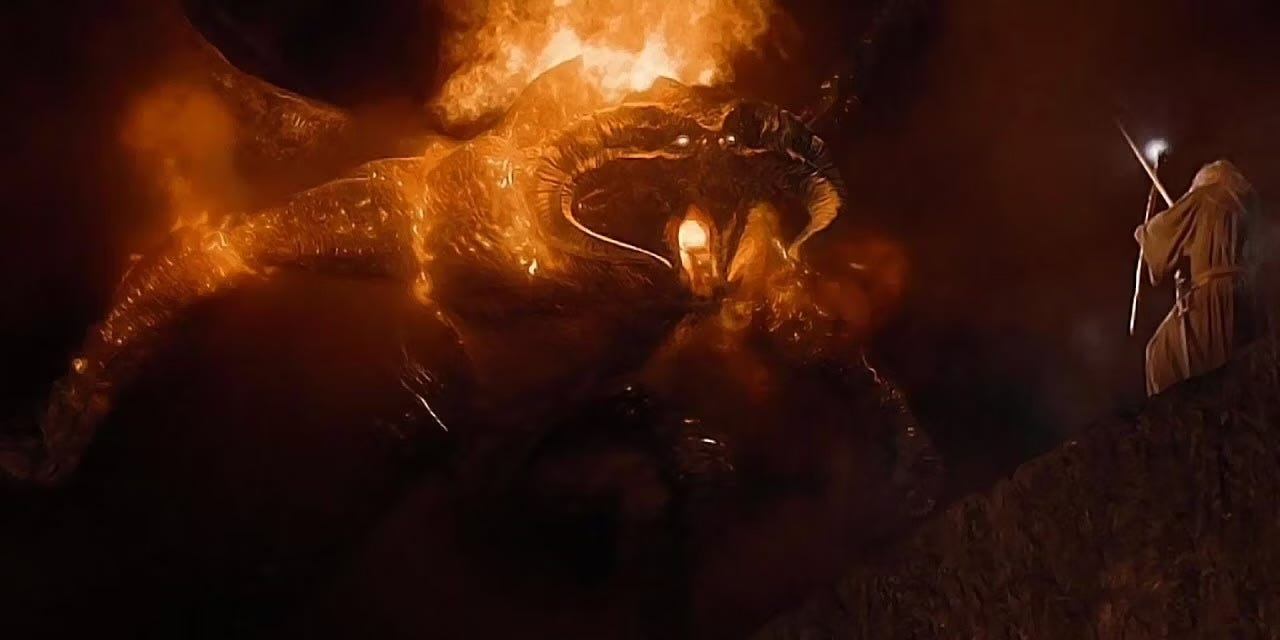
Plus… “What is the House of Rohan, but a thatched barn where brigands drink in the reek and their brats roll on the floor with the dogs,” is a truly epic burn. And we should all aspire to have a moment in our lives where you can say: “I threw down my enemy, and smote his ruin upon the mountainside.” That’s how you’ll know you’ve lived a good life, one where you don’t suffer fools gladly, one where you live by the words: “Be silent! Keep your forked tongue behind your teeth. I have not passed through fire and death to bandy crooked words with a witless worm!”
Another vicious burn…
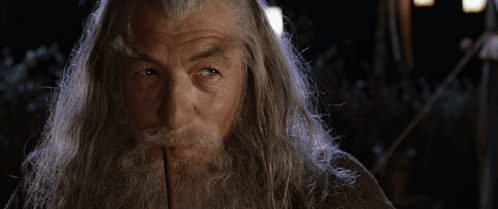
So while, yes, in the end, it’s true, the Hobbit trilogy doesn’t completely work. It certainly does not reach the incredible heights of The Lords of the Rings trilogy either. But at the same time, it’s not as off as I remember. Regardless, when seen all together, it's a great experience. Loved it. Big thumbs up. Highly recommended.
But there is one thing that bothers me…
“Looks like meat’s back on the menu, boys!” This is said by an Uruk-Hai in the Two Towers, after ending an argument between him and some hangry Orcs as to whether or not they could eat all of Merry and Pippin or just part of them, and the Uruk-Hai ends the argument by cutting off one of the orc’s head. So, the suddenly available meat in question is the headless orc. Beheading an orc is not an odd thing for an Uruk-Hai to do, but his announcement afterwards is definitely an odd thing for a Uruk-Hai to say.
Uruk-Hai are the result of the cursed and tortured crossbreeding of Man and Orc. Much like regular Orcs, they are evil, brutish creatures, born from filth and hatred, and are said to "worm their way out of the ground like maggots" at birth. So, they don't have much going on in the way of culture, especially as these Uruk-Hai in particular are only a few days or weeks old. Like, they wormed they way out of the filth, down in the pits beneath Orthanc. Then they put on armor, grabbed a sword, went chasing after the Fellowship, and got in a big fight. Now they're going back to Orthanc--going straight there too, running on foot and not stopping--because they have to deliver Merry and Pippin to Saruman.
That's their whole lives so far.
So… for one of them to say “meat’s back on the menu,” that implies that these Uruk-Hai have all eaten in a restaurant, a restaurant with menus, menus that vary daily, depending on current supplies, and sometimes items that have been missing for awhile are suddenly available again.
How? How do they know about this?
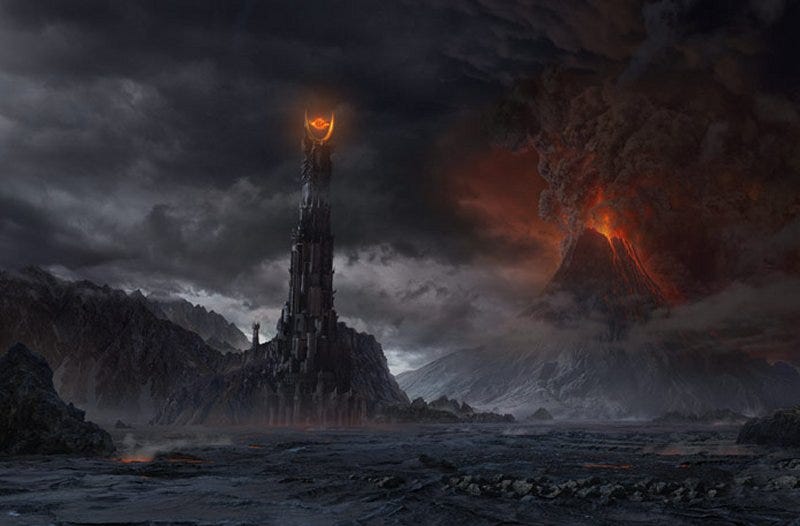
I’m just saying…
